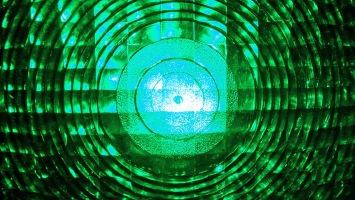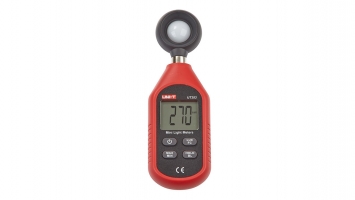
Uniformity can be expressed by division of minimum bright level to average bright level in the bright field. It is represented by U0. The uniformity of lighting has significant effects on visual performance in both indoor and outdoor areas.
Uniformity (U0) value can be found by dividing the minimum brightness (Emin) resulting from calculations according to the current lighting order, to the average brightness value (Eavg).
U0=Emin/Eavg
Uniformity value determined according to the type of fixture, number, light angle and mounting position.
Human eye needs some time to adapt to different light levels. For this reason, homogeneous lighting is required in illuminated areas.
Uniformity value greater than 0,60 is recommended in working areas. Because, above this level, the change in light levels cannot be sensed by people and that makes them comfortable. Proper lighting of the environment also helps employees work more comfortably when looking at the computer screen.
Due to low uniformity in road lighting, the homogeneity of lighting will be distorted. So, very bright and very dark spots will occur on the road. If brightness changed very often, this will cause eye strain and stresses the drivers
In order to avoid these situations, average uniformity value greater than 0,35 or 0,4 is required according to road lighting class.
In illuminated areas, there may be a decrease in minimum lighting value as a result of a failure of any light source. In parallel with this, there may be a decrease in average uniformity value. For this reason, if uniformity value decrease below the minimum value required, maintenance works can be done before planned.







COMMENTS
MAKE A COMMENT